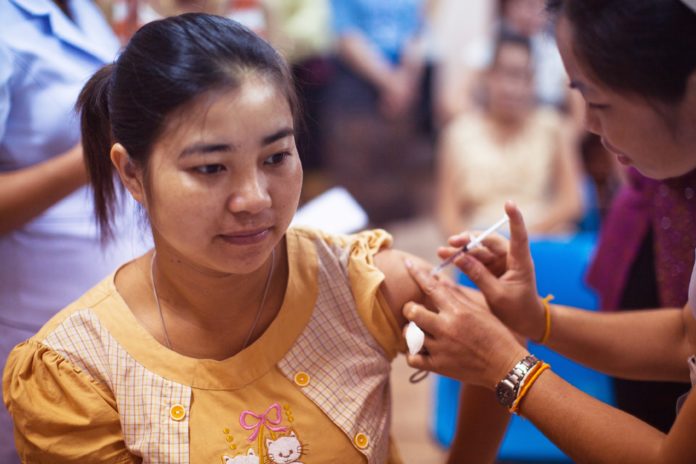MSD has released an analysis that suggests up to 96% of the total ongoing economic cost of COVID-19 in markets in Asia Pacific is due to indirect costs, rather than direct healthcare costs.
The report, titled A Neglected Burden: The Ongoing Economic Costs of COVID-19 in Australia, Taiwan, South Korea, Singapore, and Hong Kong, assumes that if current conditions continue, potential ongoing economic costs of COVID-19 could range from 0.6% to 1.6% of GDP.
Based on the commonly used cost-of-illness approach, the analysis of the five markets suggests that should the COVID-19 situation worsen, the projected economic burden may reach 2.2% to 5.5% of GDP. This could amount to an annual cost ranging from USD 11.8 billion in Singapore to as much as USD 92.7 billion in South Korea.
Should the current conditions prevail, the total annual economic costs of COVID-19 are estimated to be around: USD 2.6 billion (0.6% of GDP) in Singapore, USD 5.3 billion (1.4% of GDP) in Hong Kong, USD 7.6 billion (0.9% of GDP) in Taiwan, USD 17.0 billion in Australia (1.0% of GDP) and USD 27.5 billion (1.6% of GDP) in South Korea.
The analysis used a similar approach to that of the One Billion Days Lost analysis recently published by McKinsey & Company to evaluate the economic costs of COVID-19 on the US labor force.
Two types of cost were assessed: direct costs of illness, such as those incurred by health systems in operating treatment facilities; and indirect costs, such as productivity losses due to missed work.
Impact of indirect costs on economies
In all five markets studied, indirect costs exerted most of the economic burden currently and in future projections. How the infection rates and disease severity change in future will markedly affect the economic costs. The indirect costs estimated in this evaluation are likely to remain high even with a transition from the pandemic to endemic phase of COVID-19.
Indirect costs are attributed to productivity losses, which include missed work from sick individuals, as well as knock-on impact on care for dependents such as children and the elderly.
Uneven impact on different segments
The report also highlighted the uneven distribution of costs across three different segments within each market studied: vulnerable populations; individuals affected by long COVID; and workforces of critical industries.
The analysis revealed that vulnerable populations such as those over 60 to 65 years, and adults under 60 with one or more comorbidities such as high blood pressure, cancer, and diabetes were likely to be disproportionately impacted. In Australia and Taiwan, indigenous communities were more susceptible to severe COVID-19 due to high rates of chronic illness and inequalities faced in accessing health services.
Meanwhile, individuals affected by long COVID experience prolonged productivity losses (increasing indirect costs) and reliance on health services (increasing direct costs). This in turn exerts a substantial burden on the health system, both in terms of capacity requirement and economic costs.
Across all five markets, the health workforce is impacted by high levels of absenteeism and a risk of infection greater than that of the wider community. This has consequences for health system capacity and quality of care. Travel and tourism, as well as logistics sectors have also been heavily impacted due to workforce shortages.
“A view of the full economic cost imposed by COVID-19 is useful in decision-making and priority-setting as the Asia Pacific region transitions to endemic living with COVID-19. In particular, countermeasures to mitigate the economic costs of COVID-19 are crucial to managing these costs and ensuring that markets are adequately prepared for all eventualities, including a potential ‘Pandemic 2.0’ scenario.” said David Peacock, President Asia Pacific, MSD.
The report also reviews potential policy countermeasures that could mitigate the ongoing and future economic impact of COVID-19. These include community measures such as contact tracing and mask-wearing mandates, other infection control strategies, or medical responses like vaccines and therapeutics. Policymakers who strengthen their toolkit of countermeasures will be in a stronger position to ease the high costs of the continuing pandemic, ensuring populations and economies are equipped to better manage future health challenges.














